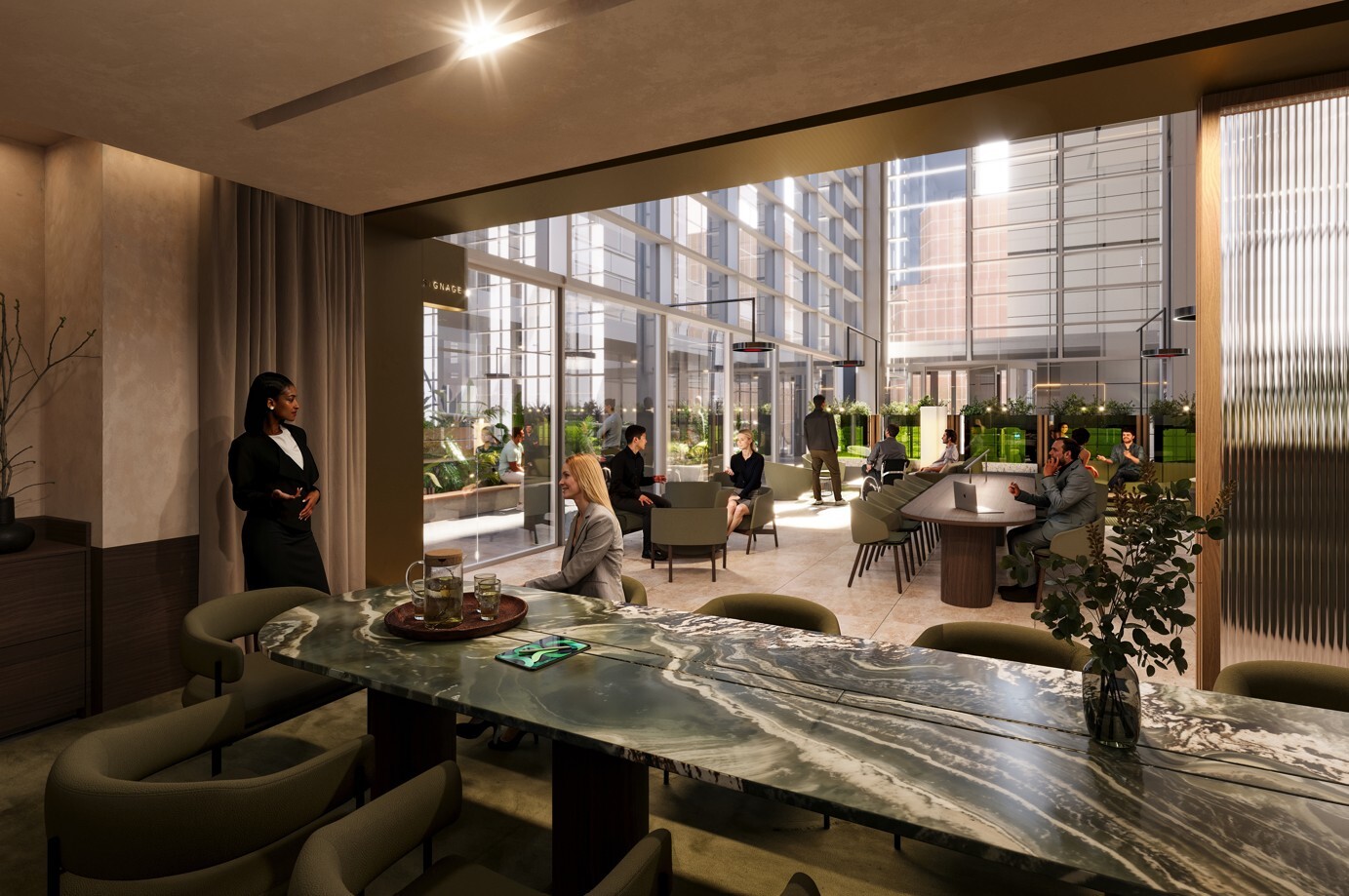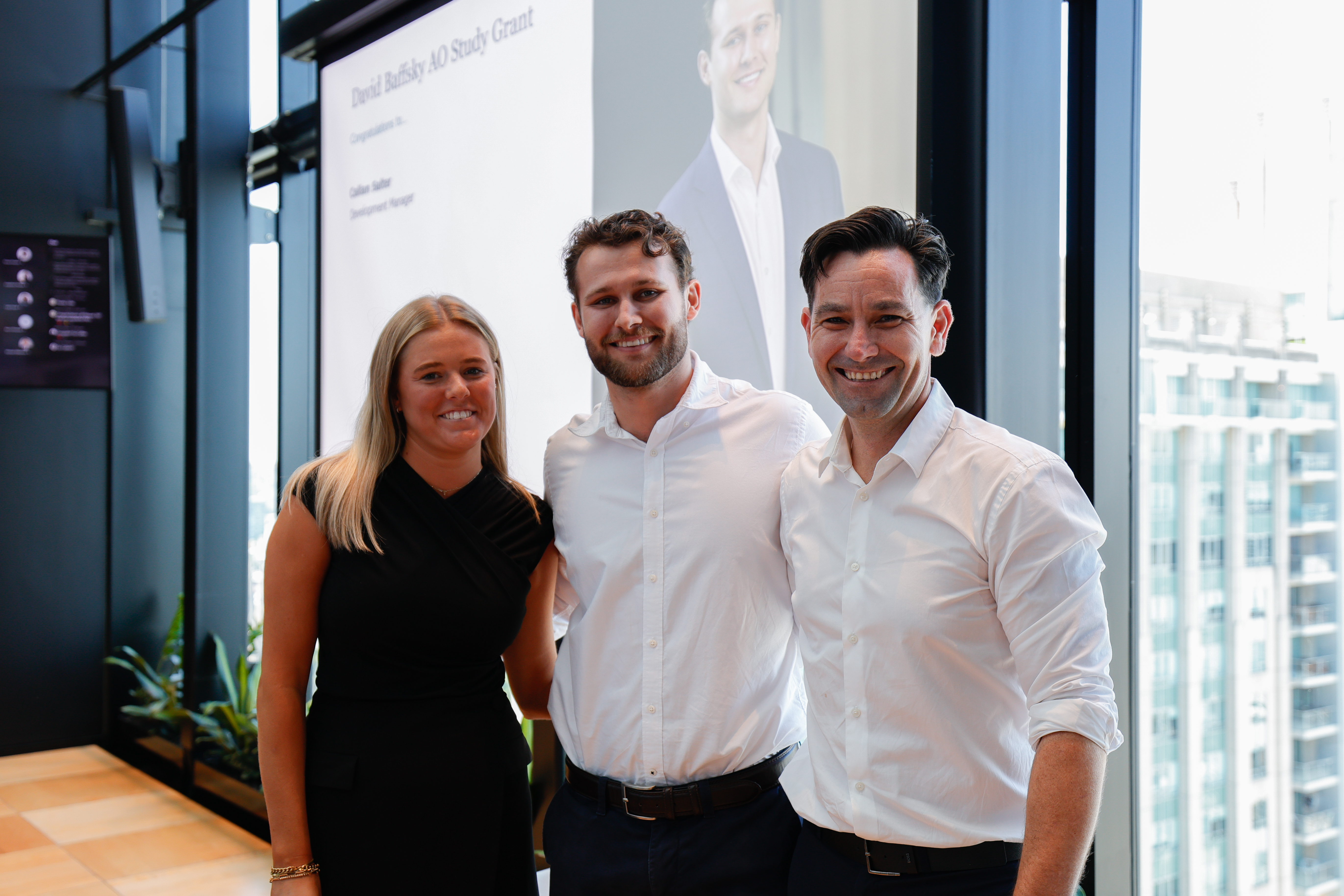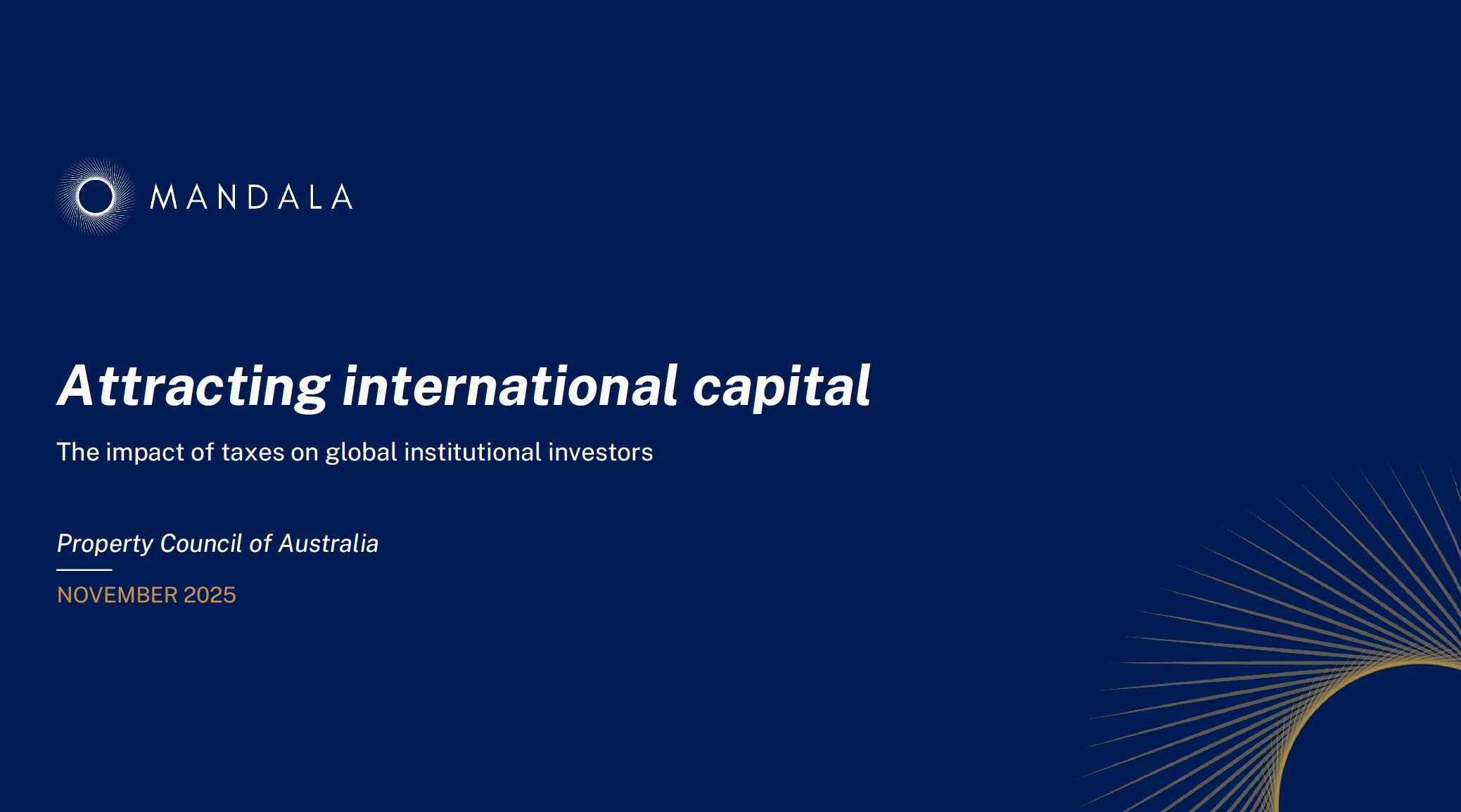Six leasing trends to watch in 2021

Contents
Introduction
Trend 1: Flexibility becomes the first priority
Trend 2: Collaborative and creative space is in hot demand
Trend 3: Hub and home as the hero
Trend 4: Coworking is not dead, but will be different
Trend 5: The flight to quality
Trend 6: The top landlords will think creatively
Introduction
Australia’s offices are more than workplaces. They are hubs of creativity and collaboration, as well as an economic barometer for our cities. So, what trends should tenants watch in 2021? We checked in with Investa’s Group Executive Michael Cook for his take on the trends.
Cook is firmly optimistic about the future of the office. After a tough 2020, “there is definitely light at the end of the tunnel and pent-up demand for office space,” he says.
Australia’s office markets were in a robust position entering the Covid-19 pandemic, with Sydney and Melbourne CBDs at a vacancy rate of less than four per cent and strong tenant demand in most other markets. While some industries are now “entering restructure mode” others have already made the hard calls and are in a process of rebuilding, Cook explains.
“Last year was a great learning experience, but it has also demonstrated that the office environment is the place for productivity, collaboration, creativity – and ultimately for people to do their best work.”
As workers head back to the office, what will tenants be looking for in 2021? Cook has six trends on his radar.
Trend 1: Flexibility becomes the first priority
“Most workplaces were already moving towards a flexible workplace model, and as companies reset, they will do so with flexibility in mind,” Cook says. The term ‘flexible work’ has long described any role that breaks the traditional nine-to-five, five-day week structure, and 70 per cent of Australia’s private sector organisations supported flexible work prior to the pandemic. Investa, for example, offers 21 different options for staff to work flexibly as part of its ‘Invest in Me’ program.
Cook emphasises that flexibility in 2021 will not mean remote working by default. “Flexibility looks different to everyone, and evidence is beginning to emerge that points to the pivotal role of the office in maintaining work-life balance,” he says. The Centre for Future Work, for example, found the average Australian employee worked 5.24 hours of overtime each week in 2020 – up from 4.6 hours in 2019.
“Businesses will respond with workplace strategies that prioritise the office with some flexibility to work from home.”
“Most workplaces were already moving towards a flexible workplace model, and as companies reset, they will do so with flexibility in mind.”
Michael Cook, Group Executive Property, Investa
Trend 2: Collaborative and creative space is in hot demand
Just 4.7 per cent of Australians worked remotely on the day of the last Census in 2016, but after Australia’s first coronavirus wave peaked in May, nearly half of us were working from home.
This great work-from-home experiment has fostered new skills and eliminated long commutes, but not everyone has loved working in pyjamas and enduring endless Zoom sessions.
“Survey after survey has found that people miss the connection and interaction with their colleagues,” Cook says. “And as the year wore on, employers came to realise the true productivity benefits of collaboration were not being met.”
The Productivity Commission has already flagged its concern that “a prolonged period of remote work may reduce the organic development of ideas, dampening potential productivity gains had these ideas come to fruition”.
Cook’s comments are also backed up by hard data. Investa’s analysis of data from the Australian Bureau of Statistics finds office workforce productivity declined by three per cent in the three months to June.
Meanwhile, Architecture firm Bates Smart’s survey of 1,500 Australian workers in March and then again in November found collaboration and creativity eroded as the year wore on, falling 13 per cent and nine per cent, respectively.
Expect appetite to grow for space that fosters collaboration and co-creation. “The time people spend together in the office will become more important, so tenants will be looking for the best collaboration spaces.”
Fast facts:
-
5.24 – the number of overtime hours the average Australian worked each week in 2020
-
3% – the decrease in office workforce productivity in the three months to June 2020
-
13% – decrease in office workers’ ability to collaborate over 2020.
Trend 3: Hub and home as the hero
As enterprises look to embed flexibility into their future workplace strategies, the ‘hub and home’ model is emerging as a smart solution, Cook explains.
Unlike the ‘hub and spoke’ model of the 1990s – where satellite offices radiated out from a centrally-located headquarters – or the suburban office park of the 1980s, ‘hub and home’ balances the buzz of the CBD office with the best of work from home.
“A lot of models have failed in the past, and they’ll fail again. There is a reason that offices are located within city centres – because this is one of the best ways to attract and retain talent.”
Cook is also sceptical of the ‘hub and club’ model touted in some quarters, where a central office is supported by smaller airline-style lounges in suburban locations. “How many of these lounges do you need? Are you going to tell people in Cronulla that they can’t have a club but people in Manly can? It’s a cultural killer,” he says.
“Covid has shown us that the hub and home model works. Rather than take more space, tenants are more likely to offer flexibility in how people choose to work, and to invest in a high-quality office at the heart of the city.”
“Covid has shown us that the hub and home model works. Rather than take more space, tenants are more likely to offer flexibility in how people choose to work, and to invest in a high-quality office at the heart of the city.”
Michael Cook, Group Executive Property, Investa
Trend 4: Coworking is not dead, but will be different
Coworking operators around the world have collapsed as the pandemic exposes the precarious nature of their business models, so expect to see a new type of coworking in 2021.
“Coworking operators were the first to feel the pain of Covid. The space that was easiest to give up was the space that didn’t have a lease on it. Some coworking businesses won’t survive, and there is considerable concern that the pre-Covid coworking model – of taking a long-term lease and then subleasing for short-term – may not be sustainable.”
What will emerge in its place? Cook predicts that a small percentage of floor space in every large office – “I think five per cent is the way to go” – will be set aside for coworking.
“This coworking space will be the lungs of the building that expands and contracts. Rather than having to lock into a lease for more space, tenants will be able to occupy a small portion of extra space when they need it. That’s how the model works, and that is how Investa sees it operating.”
“Coworking space will be the lungs of the building that expands and contracts. That’s how the model works, and that is how Investa sees it operating.”
Michael Cook, Group Executive Property, Investa
Trend 5: The flight to quality
Tenants are increasingly looking at their office space through the lens of employee health and wellbeing. Countless studies reveal, as the World Green Building Council says emphatically, that “the design of an office has a material impact on the health, wellbeing and productivity of its occupants”. In light of Covid-19, more employers will scrutinise their workplaces and choose to either refit or relocate.
“The cost differential between A grade and B or C grade office space is not that significant when measured against the productivity that arises from satisfied, motivated employees, and the ability to attract talent,” Cook explains.
This is why most institutional owners of Premium and A grade office space are ramping up their efforts to enhance the employee experience.
“In the past, tenants may have focused on price or position when selecting a new office. Today, we see a greater focus on the quality of the end-of-trip facilities, access to employee amenities like coffee shops, restaurants and bars, and proximity to convenience retail as keys to the decision-making process. This is where the centralised, CBD office excels.”
Trend 6: The top landlords will think creatively
Shorter leases are another trend to be filed under ‘flexibility’ – but Cook says not every tenant is worried about inking a long-term deal.
“No one can predict the future. Some tenants face greater uncertainty than others, and a shorter-term lease can make sense for some tenants. But where the tenant is moving into a new building and there is significant capital expenditure on a fitout, they will want to amortise that cost through their lease,” he explains.
Cook also has a word of caution for those reading sublease volumes as a sign of weakening office markets. While CBRE’s September 2020 Sublease Barometer found sublease volume represented two per cent of the country’s total office stock, “this is not usually the best space, and unless it suits a tenant perfectly they won’t take it. Around a quarter of sublease space is actually usable. It’s easy to put a few floors of office space on the sublease market to keep the board happy, but much harder to get the space leased”.
All of this uncertainty points to a clear pathway forward, Cook says.
“In a volatile market we are all forced to be creative and innovative. What worked three years ago or even three months ago won’t work in the future. The best landlords are always adapting and evolving to create the best workplaces for tenants – and that means working together to turn uncertainty into opportunity.”




